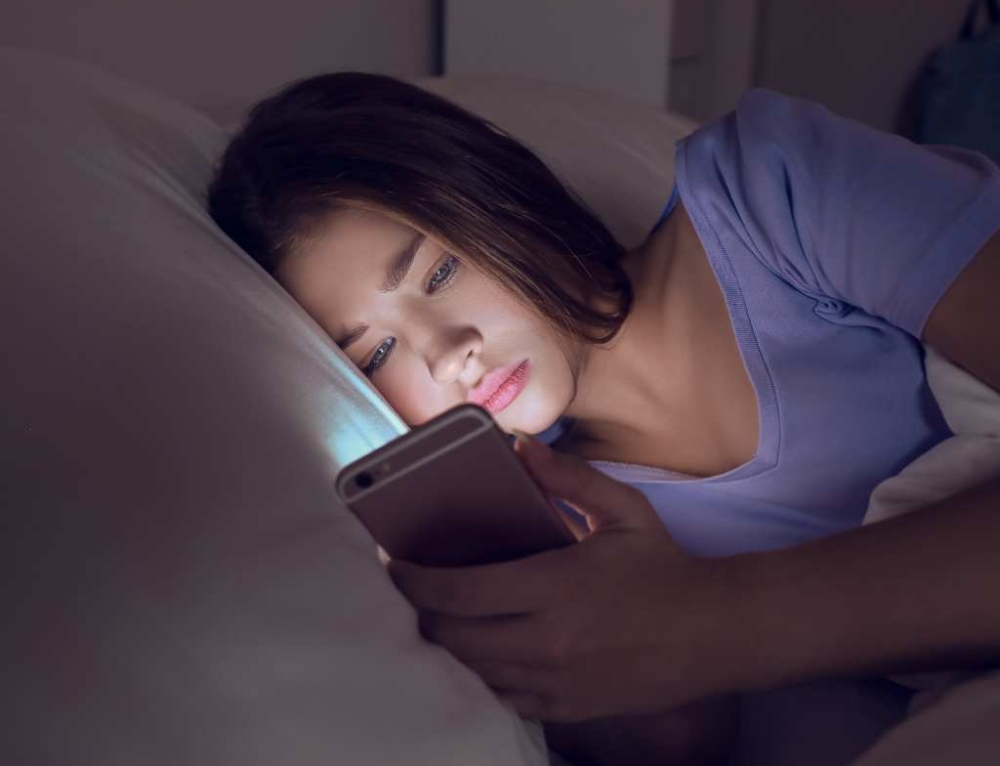If you want to maintain good vision and eye health overall, the best way to do so is to get your eyes tested regularly.
Ideally, you should be getting your eyes tested at least once every two years (unless you are experiencing more serious ocular issues). However, not everyone sticks to this timeframe. Indeed, some research has suggested that 25% of Australians wait longer than two years between appointments, while 13% have never had a test at all.
Well, we are not here to judge your lifestyle choices. But we do want to help – which is why we’ve put together this post on how to prepare for an eye test. The next time you visit an optician; let it guide you on how to make the most out of your appointment.
Why are regular eye tests important?
The main reason why experts recommend having a regular check-up is because it can help to detect issues before they become serious problems. Many eye conditions, such as glaucoma and macular degeneration, develop gradually without any real noticeable symptoms. Therefore, by the time vision loss is noticeable, it may be too late to reverse the damage.
It may also surprise you to discover that a routine eye test can identify underlying health concerns like diabetes or high blood pressure. Additionally, for children, eye tests can help to identify learning and development issues that might be caused by their vision.
For instance, if your child struggles with reading, gets frequent headaches, or has difficulty concentrating at school, an eye test might provide the first clues towards finding a solution.
What to expect during your eye test
If you need to book an eye test, clinics like 1001 Optometry offer comprehensive eye exams for all ages. When making an appointment, it would be helpful to choose a time when you or your child will be alert and not rushed.
Typically, a standard eye examination lasts between 30 and 45 minutes and during this time the optometrist will carry out a series of tests to assess different aspects of your vision and eye health.
These may include:
- Visual Acuity Test – To measure how clearly you can see letters or symbols from a distance.
- Refraction Test – To determine the correct prescription, should you need glasses or contact lenses.
- Eye Pressure Test – A painless test that helps detect glaucoma by measuring the pressure inside your eyes.
- Retinal Examination – Using special equipment, the optometrist will examine the back of your eye for any signs of disease.
- Colour Vision Test – If you’ve ever had trouble distinguishing between colours, this test will help determine if you have colour blindness.
How to prepare for your eye test
Before your next eye test, there are a few things you can do to ensure you get the best results from it. They include:
1. Write down any vision changes
Before your appointment, take note of any changes in your vision. For example, document whether you have been experiencing headaches or find it difficult to see in low light. Also, be honest enough to recognise if you feel eye strain after spending long hours on a computer. The more you can keep track of these symptoms, the more it will help your optometrist to identify any potential issues with your vision.
2. Bring your glasses or contact lenses
Should you currently be wearing prescription glasses or contact lenses, it is a good idea to bring them with you to enable the optometrist to establish a baseline and assess whether your current prescription is still suitable.
3. Know your medical history
Some eye conditions can be linked to overall health issues such as diabetes, high blood pressure, or a family history of eye disease. Therefore, if you have any existing medical conditions, be sure to inform your optometrist.
4. Reduce screentime before your appointment
If you spend a lot of time on screens, try to give your eyes a break before your appointment. Using digital devices too much can cause temporary eye strain, which might affect your test results. If possible, spend some time outdoors before your appointment or make a conscious effort not to look at your phone or laptop.
5. Be ready for pupil dilation (if required)
In some cases, the optometrist may use drops to dilate your pupils, as this makes it easier to examine the retina. These drops can temporarily cause blurred vision and increase your sensitivity to light, so you might want to bring sunglasses and arrange for transportation home if needed.
After the eye test
Once the examination has been completed, the optometrist will discuss the results with you. For instance, if you need a new prescription, they will provide recommendations for glasses or contact lenses. At the same time, if any eye conditions are detected, they will explain your treatment options or refer you to a specialist if necessary.
Should you have been experiencing eye strain, dry eyes, or discomfort, your optometrist may also suggest lifestyle changes, such as taking more screen breaks or using lubricating eye drops.
Eye tests for children
If you’re taking your child for an eye test, it’s a good idea to prepare them in advance, too. They may well be experiencing anxiety at the thought of having their eyes tested, so make sure you explain to them that the test is painless and let them know what to expect. Encourage them to answer any questions honestly so the optometrist can get the most accurate results. You should try to book their appointment at a time when they are well-rested and not hungry, as this will help them stay engaged during the test.
This article was written by Lucy Mitchell, Content Manager for Current.com.au | The Home of Australian Product Reviews, with editing by Kidspot NZ.
The appearance of external hyperlinks does not constitute endorsement by Kidspot NZ of the website, information, products or services contained therein. All views are those of the author.
See more:







Leave A Comment
You must be logged in to post a comment.